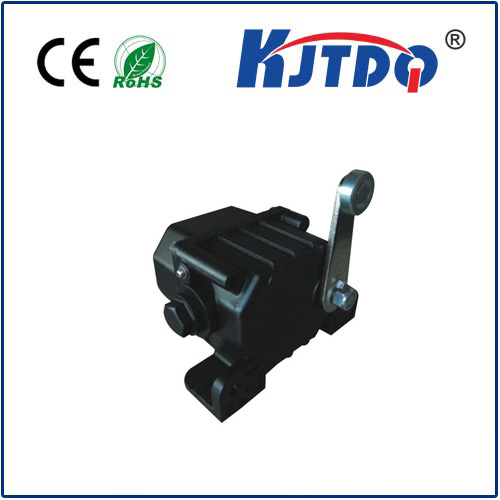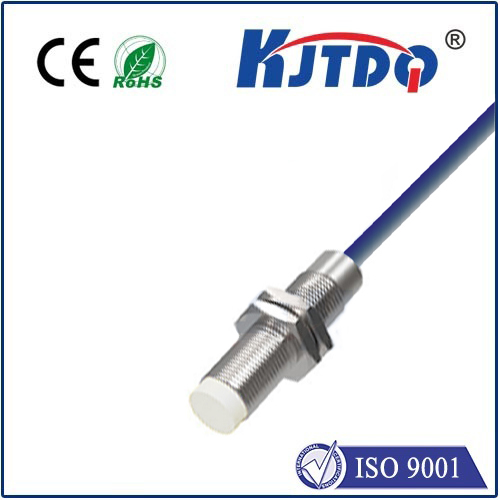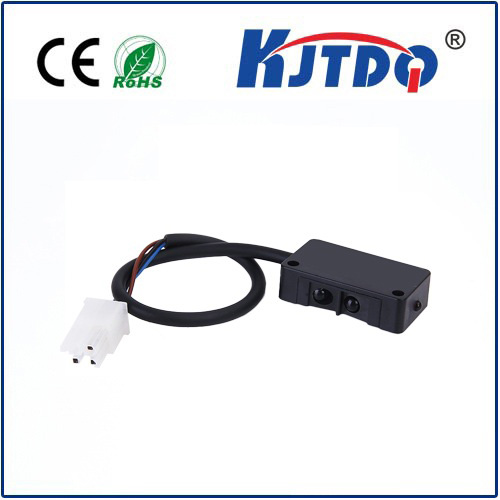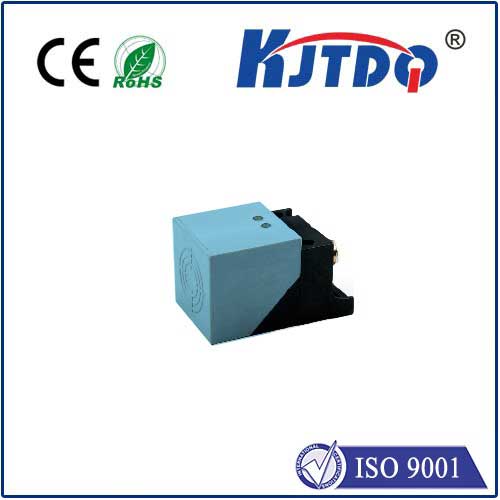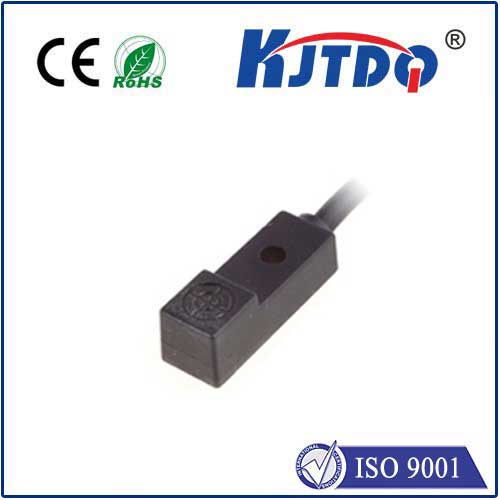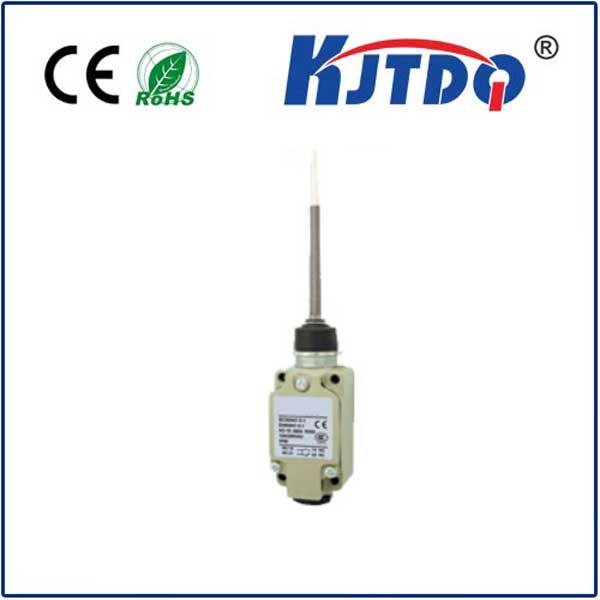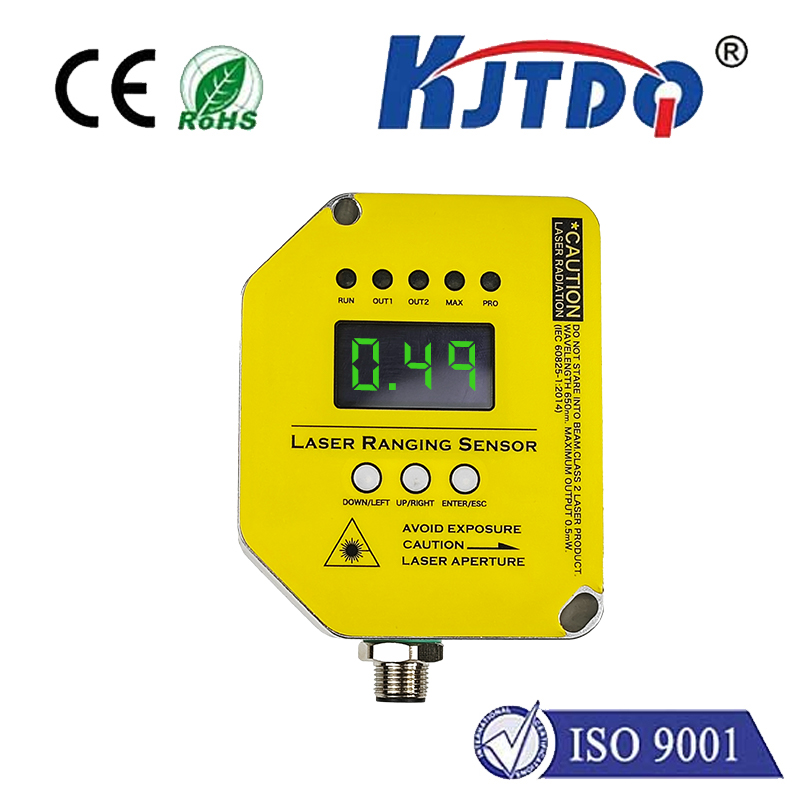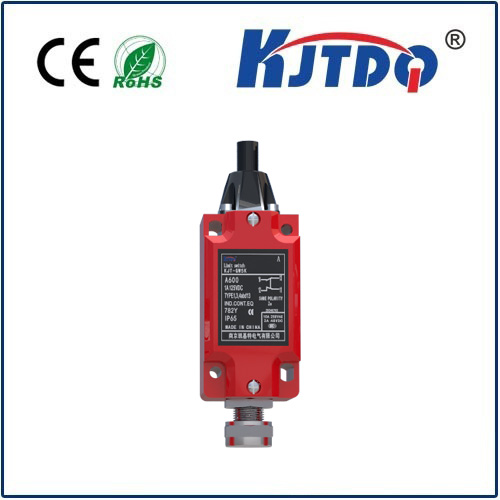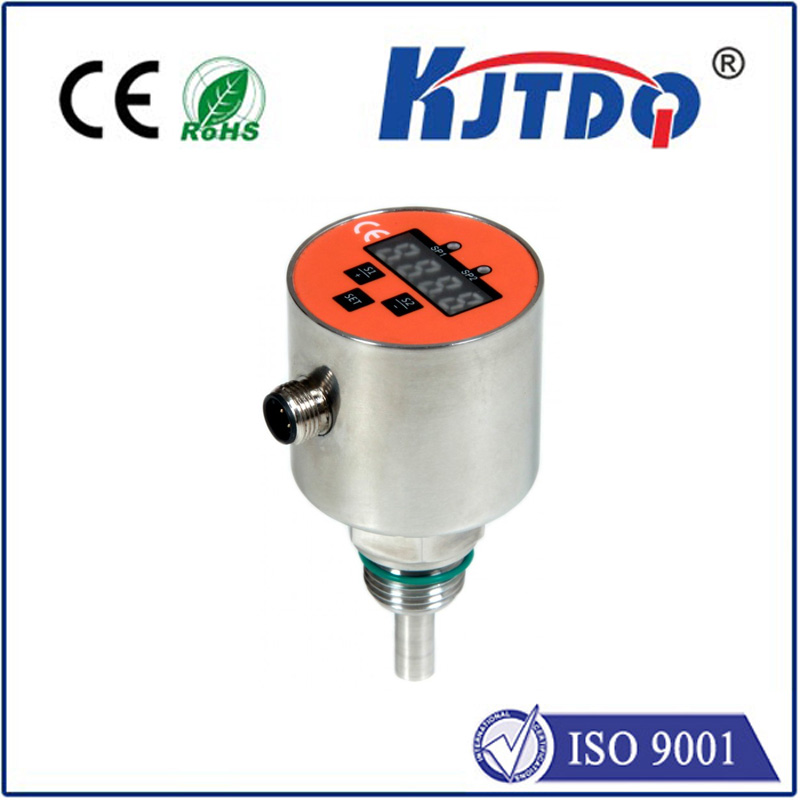
check

check

check

check
Title: The Revolution of Touch Sensing: The Capacitive Touch Sensor
In today's technology-driven world, touch sensors have become an integral part of our lives. From smartphones to tablets, from gaming consoles to home appliances, touch sensors are everywhere. Among the various types of touch sensors, capacitive touch sensors have emerged as a popular choice due to their accuracy, reliability, and ease of use. In this article, we will explore the world of capacitive touch sensors and how they have revolutionized the way we interact with technology.
What is a Capacitive Touch Sensor?
A capacitive touch sensor is a type of touch sensor that detects the presence of an object or finger by measuring the change in capacitance caused by the proximity of the conductive material. It consists of a layer of transparent conductive material, such as indium tin oxide (ITO), which is deposited on a glass or plastic surface. When a user touches the surface, their finger creates a disturbance in the electrostatic field generated by the sensor, which is then detected and processed by the electronic circuitry behind the sensor.

Advantages of Capacitive Touch Sensors
One of the primary advantages of capacitive touch sensors is their high sensitivity and accuracy. They can detect even the slightest touch or movement, making them ideal for applications where precise control is required. Additionally, capacitive touch sensors are highly reliable and durable, as they do not rely on physical contact to function. This makes them less susceptible to wear and tear compared to other types of touch sensors.
Another advantage of capacitive touch sensors is their ability to work through a wide range of materials, including water, oil, and dirt. This makes them ideal for use in outdoor environments or in situations where the touch surface may be exposed to moisture or contaminants. Furthermore, capacitive touch sensors can be designed to support multi-touch functionality, allowing multiple users to interact with a device simultaneously.
Applications of Capacitive Touch Sensors
Capacitive touch sensors have found their way into numerous applications across various industries. In consumer electronics, they are commonly used in smartphones, tablets, and laptops, providing users with a seamless and intuitive interface. In the automotive industry, capacitive touch sensors are used in infotainment systems and vehicle controls, offering drivers a more convenient and safer way to interact with their vehicles while on the road.
In healthcare and medical devices, capacitive touch sensors are used in patient monitoring systems and surgical equipment, ensuring accurate data input and reducing the risk of cross-contamination. In retail and point-of-sale systems, capacitive touch screens offer a hygienic and efficient solution for customers and staff alike. Additionally, capacitive touch sensors are increasingly being integrated into smart homes and buildings, enabling users to control lighting, heating, and other systems with just a touch.
Conclusion
As technology continues to advance at an unprecedented pace, capacitive touch sensors remain at the forefront of innovation. Their accuracy, reliability, and versatility make them an essential component in many modern devices and systems. As we move towards a more connected and interactive world, it is clear that capacitive touch sensors will play an increasingly significant role in shaping the way we live, work, and play.
